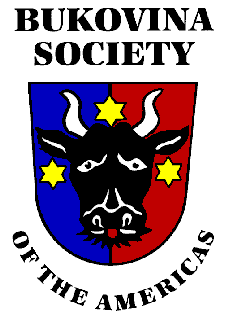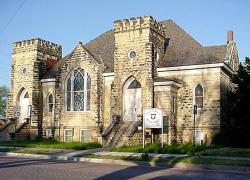Thank you to Irmgard Ellingson for the
following research:
"The Austro-Hungarian Army 1914-1918" by John Dixon-Nuttall. The following excerpts
from Chapter 2 are particularly noteworthy:
"Every male in
the Austro-Hungarian Monarchy had to be available for military
service from 1st January of the year in which his 19th birthday
fell until 31st December of the year in which he became 42. The
population was made up of many races, each with its own
language: German speaking Austrians, Hungarians, Czechs,
Slovaks, Poles, Ruthenians, Croats, Serbs, Slovenes, Romanians,
Italians and Islamic Slavs. Thus it was necessary to arrange,
whenever possible, that men from one area who spoke one tongue,
served together. The Army therefore was based upon a
'territorial' model, and the Monarchy was broken down into areas
for manning purposes. These areas were called
Ergänzungsbezirke; literally, districts that found
complements of men for the Army and the Navy. On the same lines
the Army was organised in peacetime in sixteen corps Districts (Militärterritorial(Korps)bezirke),
each having under command a number of divisions, each with its
own brigades, and all units that it required to operate in the
field ..."
"...It should be
remembered that there was a great number of men who did no full
time service. Those that were physically fit took the Oath of
Allegiance and were placed on a general list called the
Ersatz Reserve. Certain categories of men were placed
automatically in this reserve: sole dependants of families,
schoolmasters, seminary students and certain classes of forestry
and agricultural workers for example. Men on the Ersatz Reserve
did ten weeks basic military training and remained liable for
full time service in peace and war, being placed on their
Landsturm rolls at the age of 33 ..."
http://www.austro-hungarian-army.co.uk/ contains a link to
Hungarian-German military terms which will be useful as well.
|

